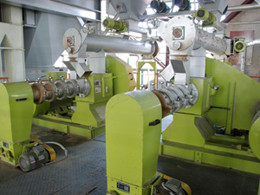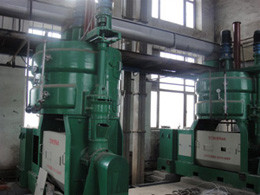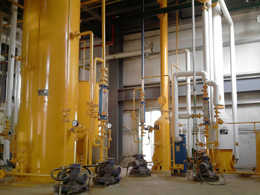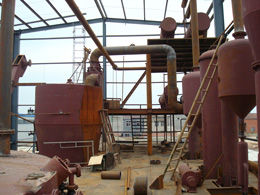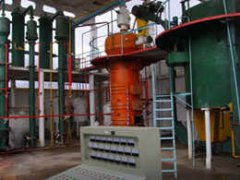edible oil refinery
Home > Recent Posts >
Edible oil refinery is necessary for every edible oil milling palnt. Crude oil obtained by screw pressing and solvent extraction of oil seeds need to be refined in edible oil refinery, because it throws a deposit of so-called gums on storage. The chemical nature of these gums has been difficult to determine. They contain nitrogen and sugar and can start fermenting so they were at one stage thought to consist of glycolipids and proteins. Oil pressed by oil milling machinery.
Two processes have been developed for the refining of edible oils and fats, i.e. physical and chemical refining; the decision which process to use depends on the types and qualities of the crude oil to be processed. The names physical and chemical refining come from the process technology used to remove the Free Fatty Acids (FFA) that are responsible for the oil acidity. Physical refining is a process making use of the lower boiling point of the FFA compared to the boiling point of the triglyceride oil. In chemical or alkaline refining, an alkali is used to neutralise the FFA.
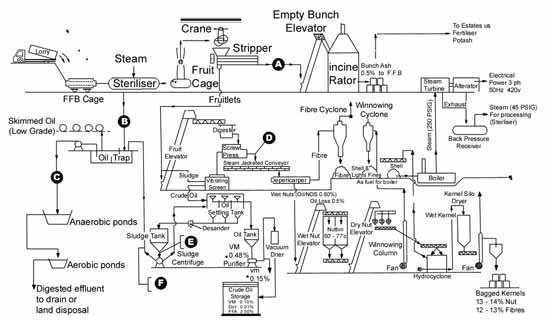
Oils are also degummed at this time by treating them with water heated to between 188 and 206 degrees Fahrenheit (85 and 95 degrees Celsius), steam, or water with acid. The gums, most of which are phosphatides, precipitate out, and the dregs are removed by centrifuge.
Oil that will be heated is then bleached by filtering it through fuller's earth, activated carbon, or activated clays that absorb certain pigmented material from the oil. By contrast, oil that will undergo refrigeration (because it is intended for salad dressing, for example) is winterized—rapidly chilled and filtered to remove waxes. This procedure ensures that the oil will not partially solidify in the refrigerator.
Finally, the oil is deodorized. In this process, steam is passed over hot oil in a vacuum at between 440 and 485 degrees Fahrenheit (225 and 250 degrees Celsius), thus allowing the volatile taste and odor components to distill from the oil.
Contact us today if you feel interested in our edible oil refinery.
Two processes have been developed for the refining of edible oils and fats, i.e. physical and chemical refining; the decision which process to use depends on the types and qualities of the crude oil to be processed. The names physical and chemical refining come from the process technology used to remove the Free Fatty Acids (FFA) that are responsible for the oil acidity. Physical refining is a process making use of the lower boiling point of the FFA compared to the boiling point of the triglyceride oil. In chemical or alkaline refining, an alkali is used to neutralise the FFA.

Edible Oil Refinery
The crude oil is refined to remove color, odor, and bitterness. Refining consists of heating the oil to between 107 and 188 degrees Fahrenheit (40 and 85 degrees Celsius) and mixing an alkaline substance such as sodium hydroxide or sodium carbonate with it. Soap forms from the undesired fatty acids and the alkaline additive, and it is usually removed by centrifuge. The oil is further washed to remove traces of soap and then dried.

Oils are also degummed at this time by treating them with water heated to between 188 and 206 degrees Fahrenheit (85 and 95 degrees Celsius), steam, or water with acid. The gums, most of which are phosphatides, precipitate out, and the dregs are removed by centrifuge.
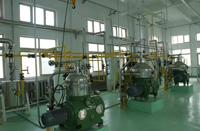
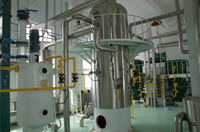
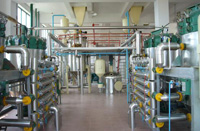
Oil that will be heated is then bleached by filtering it through fuller's earth, activated carbon, or activated clays that absorb certain pigmented material from the oil. By contrast, oil that will undergo refrigeration (because it is intended for salad dressing, for example) is winterized—rapidly chilled and filtered to remove waxes. This procedure ensures that the oil will not partially solidify in the refrigerator.
Finally, the oil is deodorized. In this process, steam is passed over hot oil in a vacuum at between 440 and 485 degrees Fahrenheit (225 and 250 degrees Celsius), thus allowing the volatile taste and odor components to distill from the oil.
Contact us today if you feel interested in our edible oil refinery.
Products
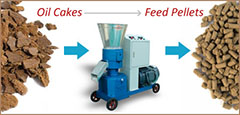



Projects
Recent Posts
mini mustard oil mill
Want to set up a mini mustard oil mill of your own ? With the rapid ...
Want to set up a mini mustard oil mill of your own ? With the rapid ...
mustard oil manufacturing process
Mustards are part of the oilseed family and are regarded both as a s...
Mustards are part of the oilseed family and are regarded both as a s...
small size corn oil extraction plant
Interested in begin a small size corn oil extraction plant but dont ...
Interested in begin a small size corn oil extraction plant but dont ...
rice bran oil project
Do you want to make the edible rice bran oil at from using your mill...
Do you want to make the edible rice bran oil at from using your mill...

